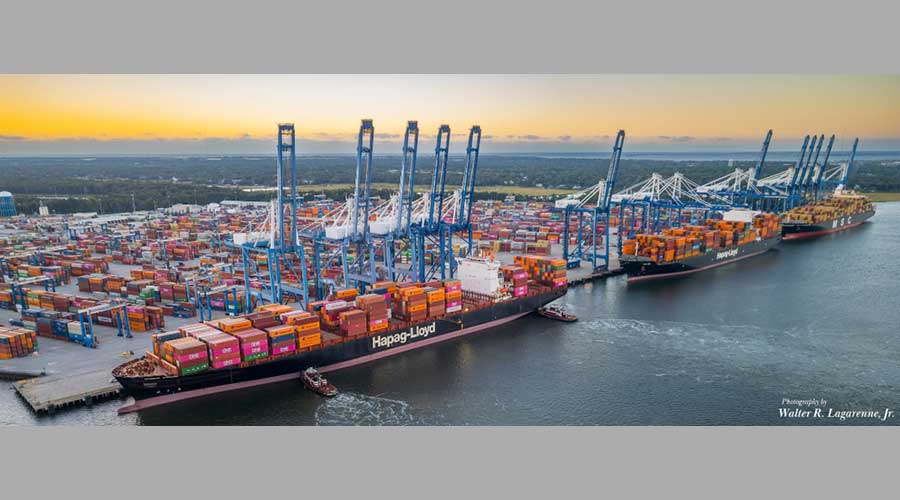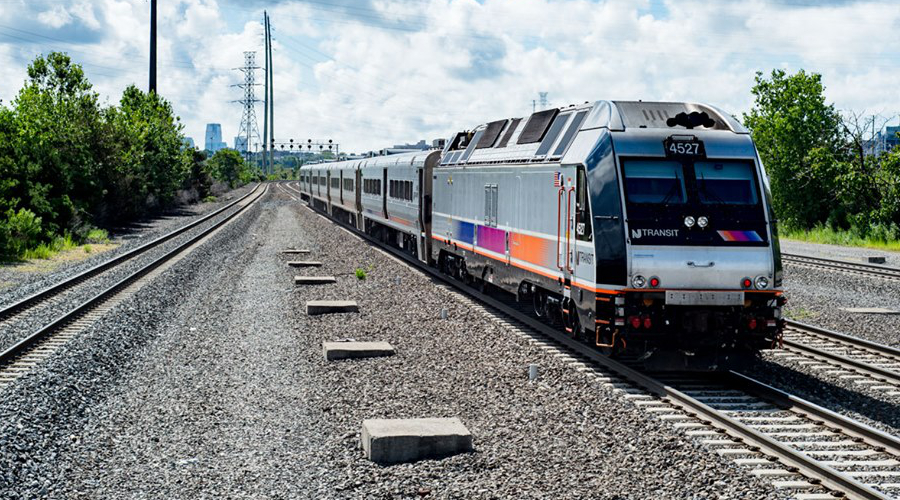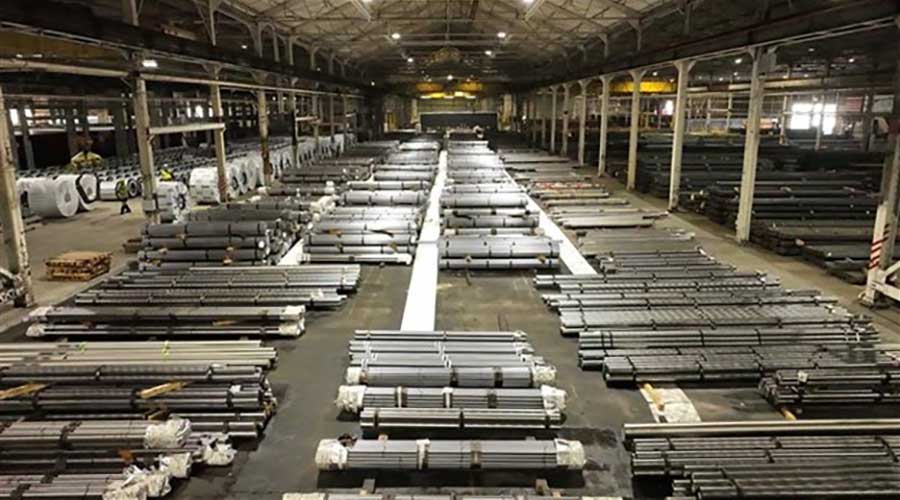Newsletter Sign Up
Stay updated on news, articles and information for the rail industry
Stay updated on news, articles and information for the rail industry
RAIL EMPLOYMENT & NOTICES
Rail News Home
Passenger Rail
Rail News: Passenger Rail
10/19/2004
Rail News: Passenger Rail
NJ Transit to tweak timetables, improve customer service
advertisement
On Oct. 31, New Jersey Transit will begin offering more service on several lines.
The agency will restructure weekday evening schedules from Hoboken and Secaucus Junction to Suffern to provide service every 30 minutes between 7 p.m. and midnight, enabling passengers to spend more time in Manhattan.
The new timetable also will include more service on the agency’s mainline between Glen Rock and Suffer. Trains will depart Glen Rock for Suffern every 30 minutes with stops at Ridgewood, Ho-ho-kus and Ramsey Route 17.
On the Bergen County Line, NJ Transit will provide hourly service between Hoboken/Secaucus Junction, Rutherford, Fairlawn and Glen Rock. The new schedule will fill 90-minute service gaps on the mainline and 150-minute gaps on the Bergen Line.
On the Northeast Corridor, a new weekday train departing New York at 5:03 a.m. will improve service for reverse commuters and fill a 51-minute gap in the current schedule.
Also on Oct. 31, NJ Transit will implement a new ticket policy for senior citizens and children. Children ages 5 to 11 will be eligible for a 50 percent discount on one-way fares. Seniors will continue to receive a 50 percent on the regular one-way fare, but will be able to use tickets for more trains and travel times.
Meanwhile, the agency recently implemented an interactive voice response system to provide customers faster access to information, and an estimated wait time before speaking with an operator. The agency consolidated nine customer service lines into one.
NJ Transit also is overhauling train information signboards at major terminals and public address systems at 163 stations.
The agency will restructure weekday evening schedules from Hoboken and Secaucus Junction to Suffern to provide service every 30 minutes between 7 p.m. and midnight, enabling passengers to spend more time in Manhattan.
The new timetable also will include more service on the agency’s mainline between Glen Rock and Suffer. Trains will depart Glen Rock for Suffern every 30 minutes with stops at Ridgewood, Ho-ho-kus and Ramsey Route 17.
On the Bergen County Line, NJ Transit will provide hourly service between Hoboken/Secaucus Junction, Rutherford, Fairlawn and Glen Rock. The new schedule will fill 90-minute service gaps on the mainline and 150-minute gaps on the Bergen Line.
On the Northeast Corridor, a new weekday train departing New York at 5:03 a.m. will improve service for reverse commuters and fill a 51-minute gap in the current schedule.
Also on Oct. 31, NJ Transit will implement a new ticket policy for senior citizens and children. Children ages 5 to 11 will be eligible for a 50 percent discount on one-way fares. Seniors will continue to receive a 50 percent on the regular one-way fare, but will be able to use tickets for more trains and travel times.
Meanwhile, the agency recently implemented an interactive voice response system to provide customers faster access to information, and an estimated wait time before speaking with an operator. The agency consolidated nine customer service lines into one.
NJ Transit also is overhauling train information signboards at major terminals and public address systems at 163 stations.


 2025 MOW Spending Report: Passenger-rail programs
2025 MOW Spending Report: Passenger-rail programs
 Gardner steps down as Amtrak CEO
Gardner steps down as Amtrak CEO
 Guest comment: Oliver Wyman’s David Hunt
Guest comment: Oliver Wyman’s David Hunt
 Women of Influence in Rail eBook
Women of Influence in Rail eBook
 railPrime
railPrime







